#jim crow era
Text



hell this is still happening today. how many times have i seen old expired meat being sold at grocery stores in black neighborhoods? whole ass studies have been done on this. smfh the more things change the more they stay the same.
#black folks#meat cooking preferences#well done meat#jim crow era#butcher practices#expired meat#meat expiration date#food safety#cooking practices#cultural traditions#foodborne illness#health risks
276 notes
·
View notes
Text




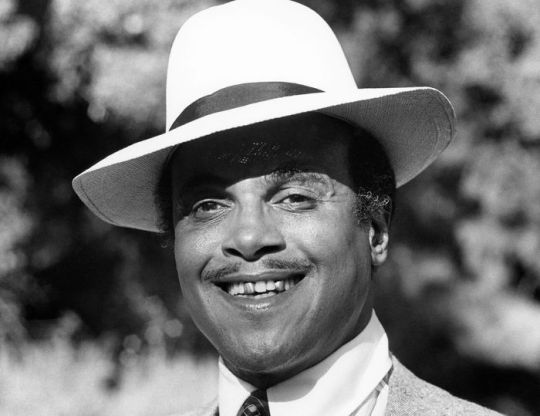
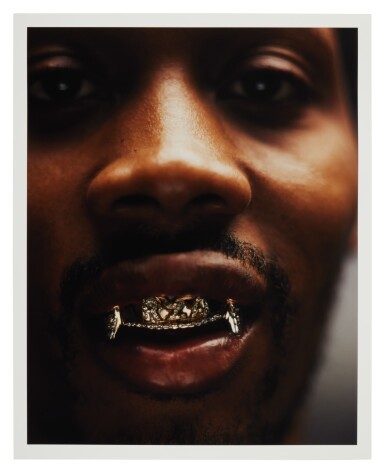
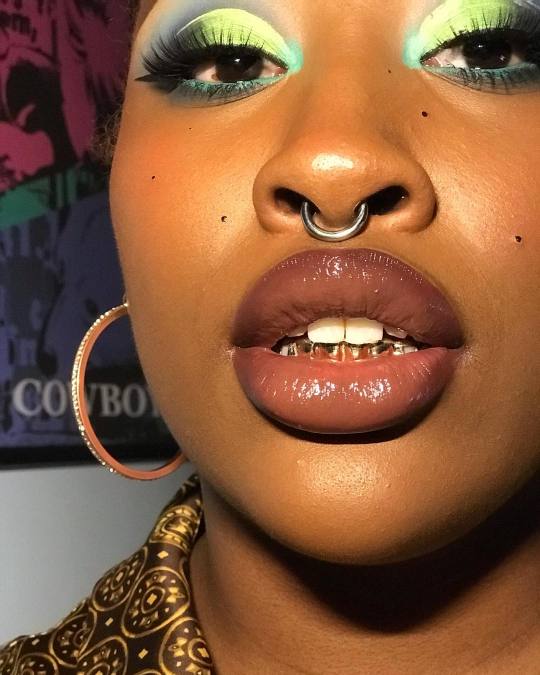
Gold teeth were first present in America during the Jim Crow era. Originally, it had become a tradition in Louisiana before becoming a fashion trend around the Deep South region in the early 1900s.

After slavery, it was believed that many African Americans who were former slaves began getting the permanent gold caps to replace their rotting teeth that have deteriorated. It later became a symbol of wealth for ex-slaves who once worked on the plantation fields in the South, specifically Louisiana, where it first become a tradition.

Blues, Jazz and freed slaves who had money would get the permanent gold cap fillings as a fashion statement as flaunted by Jack Johnson, the first African heavyweight boxing champion.
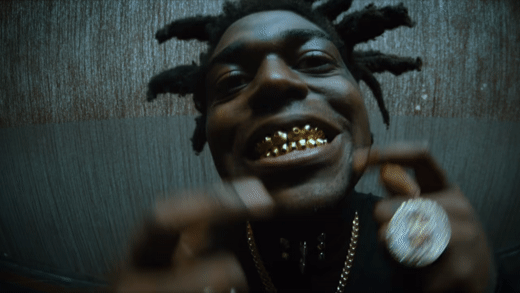
#african#afrakan#kemetic dreams#africans#brownskin#brown skin#afrakans#african culture#afrakan spirituality#gold teeth#grilz#grill#grillz#grills#jewellery#jewelry#jewlery#jazz#slavery#jim crow era#jim crow#jack johnson#african american#african american history#civil rights movement#civil rights#louisiana#south#the south#dirty south
113 notes
·
View notes
Text

Share cropper Lonnie Fair & family in Scott, Miss. saying grace at lunchtime.
Photo: Alfred Eisenstaedt, 1936.
16 notes
·
View notes
Photo
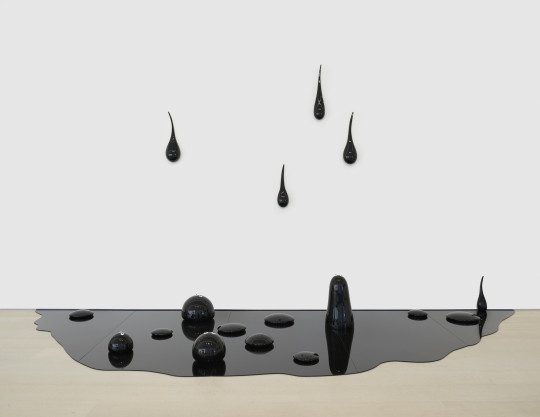
Fred Wilson, Dark Dawn, 2005, blown glass and plate glass, overall installed: 120" x 240" x 84" (304.8 cm x 609.6 cm x 213.4 cm)
The pitch-black surface of the installation offers a literal and symbolic reflective quality as pairs of eyes gaze back at the viewer. Wilson says, “I would like to think that objects have memories, and that we have memories about certain objects.” The arrangement of caricature-like eyes references the Blackface cartoons of the Jim Crow era when white supremacy and anti-blackness dominated every aspect of American life. The eyes on the drips look back on Black people being reduced to images of ink, tar, and oil in these cartoons.
#art#Fred Wilson#Dark Dawn#2005#2000s#glass sculpture#glassmaking#art installation#blackface#Jim Crow era#white supremacy#anti-blackness#American history#African-American art#African-American artists#PACE Gallery
3 notes
·
View notes
Text
On the heels of the Jim Crow era, many White Americans chose to leave cities rather than live near Black families, a phenomenon called "white flight." As a result, inner cities became much more diverse than the suburbs. And racial redlining kept Black families confined within those urban areas, making it easy to deprive Black communities of resources without using explicitly racist language. Whether forcing Black people to live subserviently on plantations or trapped within under-resourced inner cities, White people have continuously controlled Black mobility. And today, racial segregation is increasing, despite the Fair Housing Act, part of the Civil Rights Act of 1968, designed to protect citizens from racial discrimination in housing based on "race, religion, national origin, sex, (and as amended) handicap and family status."
allison wiltz
0 notes
Text
When your grandpa's childhood book is part of a series of Jim Crow books that have been donated to the Jim Crow Museum in Michingan, and once started a riot in a complete different state, and he's standing their cooing over the nostalgic memories it's bringing him.
0 notes
Text
The reality of segregation was one that created a time bomb waiting to go off:
And in the 1950s and 1960s it did go off. Segregation laid the basis for MLK's Two Americas, the one that believed in rule of law and justice, and the one that knew both were slogans that happened to other people. It created the dual infrastructure, one lavishly funded and wondrous and lily-white, and one that was distinctly inferior and designed to break spirits for Black people.
This was the world so many Black people knew, and it is the world the Bourbon Democrats bequeathed to their grandchildren of the 60s and their children that engaged in mass terrorism against the United States that sought to change the world that the 1890s made.
#lightdancer comments on history#black history month#nadir of race relations#jim crow era#segregation
0 notes
Text
December Rox Challenge
Day 4
Today brought a difficult experience. A couple days ago, I was traumatized to learn that my tire had stripped bolts and loose lug nuts which caused the tire to almost completely detach from the car.
Well today, my amazing daddy (he’s 88 years old and still rocking and rolling lol) did what all great dads do, he showed up with 2 new rims, tires, bolts and lug nuts.
While I am truly…

View On WordPress
#daddy’s little girl#December Rox#December Rox challenge#empowerment#father’s love#houston tx#inspirational#Jim Crow era#limited thinking#motivation#motivational-speaker#On the Rox#self empowerment#strong-women#superhero
0 notes
Text
Why are people so surprised at Lana del ray being a Zionist as if she hasn’t repeatedly shown that she doesn’t like a majority of marginalized groups
#pimptalks#not to mention that she romanticizes some of the worst time periods ever#‘omg so coquette so vintage Lana del ray core🥰🥰’ and then it’s the Jim Crow era#go to hell
36 notes
·
View notes
Text

#raine's shitposting#darkshadowrule2952 yur my hero .#found this in the comments of a video on a jim crow era literacy test .
20 notes
·
View notes
Text

#You cant be serious Lmfao#HELP?????????#Its the way that you think whiteface exists and has a significance to make an impact#When blackface has existed since Jim Crow era and has been made to degrade black people and make them as caricatures#You should have just kepy your mouth shut good lord#this not looking good for you idk.......#negative
21 notes
·
View notes
Text
i frequently revisit that "Louis is the most privileged black man in America" post when i need to have a good chuckle because its literally the most deranged thing this fandom has ever produced. how to you watch the show and come away thinking that. like genuinely how.
#like genuinely one of the worst takes in fandom history#mind you louis is a black gay man living in the jim crow era#but yeah hes sooooo privileged#his status didnt even extend outside of storyvillie but yeah hes the most privileged man in america guys#and blaming him for the race riots????#yall are fucking INSANE#like yeah i get louis has flaws but what the fuck#if you rebloged/liked that post i need you to stay 50 feet away from me at all times#iwtv#interview with the vampire#louis de point du lac#louis iwtv#iwtv louis#amc's interview with the vampire#amc's iwtv
38 notes
·
View notes
Note
I'm not sure where fandom got this idea that you're mentally stuck at the age you were turned, I do not think that's supported by canon.. in the book, Claudia is not mentally 5 by the end. She speaks and acts like a grown ass woman and thats why its incredibly sad that her mind and her body are so far apart. She even says this that if Louis had waited just a few more years she would have a real body.
#bailey bass also points this out#she gains 33 years of experience and maturity that comes with that#but is locked in to all the ways her 14 year old brain which is a physical organ does not change#she does not grow past her trauma and how to deal with them#just like everybody else#y’all just expect more from her#iwtv#claudia#louis de pointe du lac#this the last one im gonna answer.#but to the one who pointed out book armand#you’re comparing white male character who had 3 years of cognative maturation on claudia a black girl in jim crow era#its an adaptation for a reason#i’m interacting and speaking abt the show#i don’t make assumptions about the books#all those sections you guys fight show meta with will also be adapted
19 notes
·
View notes
Text
Why Parents Still Try to Ban ‘The Color Purple’ in Schools
Four decades after it was released, Alice Walker’s enduring classic remains at the forefront of the battle over what is available on library shelves.
— By Erin Blakemore | August 22, 2023
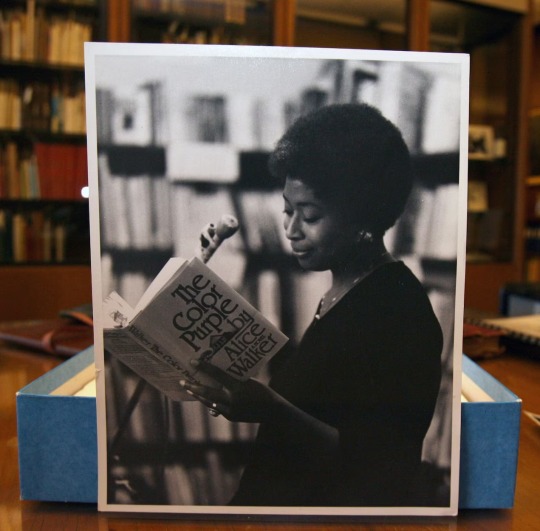
Alice Walker reads from her Pulitzer Prize- and National Book Award-winning novel, The Color Purple. Since it was first published in 1982, the critically acclaimed book has been targeted by movements pushing to censor the book's subject matter. Photograph By Johnny Crawford, Atlanta Journal-Constitution/AP
When Alice Walker’s The Color Purple hit bookshelves in 1982, it blew away critics, became a nationwide bestseller, and endeared itself to readers who found pain and inspiration in its pages.
But in the years since its publication, the acclaimed novel has become famous for another reason: It’s one of the most challenged books in the nation, withstanding criticisms aimed at its depictions of race and sex, its portrayal of abuse and agony, and even its spelling and style.
Here’s how The Color Purple became one of the nation’s most banned books—and why it continues igniting controversy to this day.
“A Spiritual Experience”
Walker, who grew up in Jim Crow-era Georgia, described writing the book as a “spiritual experience” inspired by the strength and grit of the Black Southern women she made her heroines. The epistolary epic follows 40 years in the lives of its main characters Celie, Shug, and Nettie, who survive incest, domestic abuse, and racism in the early twentieth century—all while carving out joy, independence, and dignity along the way.
When it was released in 1982, the book immediately caught the attention of both the critics and the reading public, who praised the book for its portrayals of both the brutality and sorrow of racism and sexual violence and its celebration of Black women.
It was critically acclaimed, winning both the Pulitzer Prize and National Book Award for 1983, and inspired a popular 1985 film directed by Stephen Spielberg and starring Whoopi Goldberg and Oprah Winfrey.
Banning ‘Purple’
But something else accompanied the novel as its renown grew: controversy. Though educators recognized the book’s potential as a teaching tool, some parents and community members objected to its presence in school curriculums and libraries.
The first major attempt to ban the book occurred in 1984, when a parent petitioned against its use in an Oakland, California classroom. In a 1985 essay, Walker recalled reading frequent updates on “how the banning was coming along” and watching the book’s sales skyrocket.
“I felt I had written the book as a gift to the people. All of them,” Walker wrote. “If they wanted it, let them fight to keep it, as I had to fight to deliver it.”
Fight they did. Though the Oakland schools ultimately decided not to remove the book from classrooms, the book has consistently been challenged nationwide since its publication, repeatedly making it on the American Library Association’s list of most frequently challenged books.
Why Parents Challenge the Book
Attempts to ban The Color Purple usually contest Walker’s use of slang and profanity, the book’s portrayal of brutal Black men, a same-sex encounter between the two main characters, and its depiction of sexual violence in its first pages.
“One can eat from a cafeteria or a dumpster…but one would hope those placed in charge of our children would have exercised better oversight,” wrote one parent in a characteristic 2013 challenge in Brunswick County, North Carolina. (The book has survived multiple attempted bans in the Brunswick County school district.)
But the same pages that provoke ire in some have inspired others.
Oprah Winfrey, who endured sexual abuse as a child, later recalled reading the first page of The Color Purple “and thinking ‘Oh God, I’m not alone.’” After Winfrey co-starred in the first movie adaptation of the film, she began talking about her own experiences on her talk show.
TV historians now credit the self-disclosures inspired by Walker’s book with helping Winfrey develop her winning confessional interview format.
Modern Attempts to Ban the Novel
Efforts to ban The Color Purple have continued during a recent wave of attempted book bans.
In 2022, the American Library Association documented over 1,200 attempts to ban or restrict library materials—double the number of challenges from the previous year—and most of which attempted to remove multiple titles from shelves.
Among them was The Color Purple, which was removed from library shelves in Florida’s Indian County School District at the request of a parent group that objected to 156 of the books on school shelves, claiming the books contain everything from pornography to critical race theory. Though the district’s school board declined to ban The Color Purple, it did remove five of the other books on the list and approve a permission slip allowing parents to restrict their child’s use of school library books.
With news of an upcoming movie adaptation of the acclaimed musical based on the book, The Color Purple is poised to regain the national spotlight. Only time will tell if the movie will spark more challenges—but for now, the legacy of a book one 1982 reviewer called “indelibly affecting” is secure.
To date, the book has sold over 5 million copies—a number sure to rise as a new generation meets its heroines.
#Alice Walker#The Color Purple#Schools#Erin Blakemore#Pulitzer Prize & National Book Award-Winning Novel#Published | 1982#Nationwide Bestseller#Pain | Inspiration#Criticisms | Race | Sex | Abuse | Agony | Spelling | Style#Jim Crow-Era | Georgia#Spiritual Experience#Black Southern Women | Heroines#epistolary | Epic#Characters: Celie | Shug | Nettie#Stephen Spielberg | Whoopi Goldberg | Oprah Winfrey.#Parents | Community Members | Objections#School Curriculums | Libraries.#Oakland Schools#American Library Association#Brunswick County | North Carolina#Florida’s Indian County School District#The Color Purple | 5 Million Copies Sold
8 notes
·
View notes
Text
"I don't think White Supremacists are racist" - a dumb republican from Alabama.
Dude, they call themselves white supremacists BECAUSE they are racist. Did you just miss the "Supremacists" part and what it stands for, or are you really that stupid?
#fuck the republicans#fuck the republican party#They really just prove time and time again that they wanna take us back to the Jim Crow era
7 notes
·
View notes
Text
i will say one thing it is nice to see some really abysmal opinions from someone, then finally just look through their blog and go “oh you’re a zionist” and block. i’m not crazy. you are the problem here.
this is unfortunately a post about someone i followed who is wildly popular but 💀 we move i guess
#once again saying that if your reaction to the concept of decolonization is ‘so you’re saying we should ethnically cleanse the settlers’#you’re just a run of the mill racist#i’m not talking you’re a special sort of deranged racist. you are the sort of person who would have supported apartheid sa. jim crow south.#westward expansion. you are a very normal type of racist that exists in every era. don’t fool yourself.#once again losing my absolute fucking mind here.#can’t even escape this kind of nonsense on my shitty fandom blog i use to escape. i know i can’t but still jesus.
3 notes
·
View notes